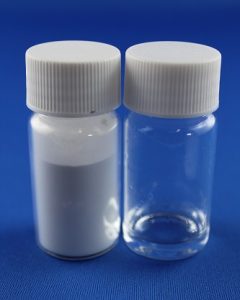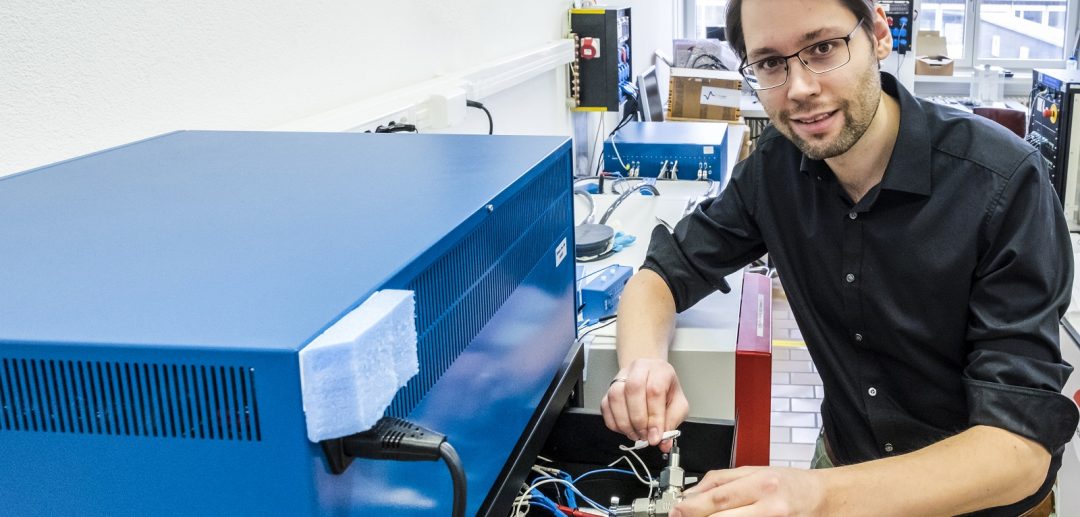In the quest to find safe, low-cost batteries for the future, eventually we have to ask ourselves a question: Why not simply use water as an electrolyte? Water is inexpensive, available everywhere, non-flammable and can conduct ions. However, water has one major drawback: It is chemically stable only up to a voltage of 1.23 volts. In other words, a water cell supplies three times less voltage than a customary lithium ion cell with 3.7 volts, which makes it poorly suited for applications in an electric car. A cost-effective, water-based battery, however, could be extremely interesting for stationary electricity storage applications.
Ruben-Simon Kühnel and David Reber, researchers in Empa’s Materials for Energy Conversion department, have now discovered a way to solve the problem: The salt containing electrolyte has to be liquid, but at the same time it has to be so highly concentrated

1g of water dissolves 7g of sodium FSI. This produces a clear saline solution with an electrochemical stability of up to 2.6 volts – twice as much as other aqueous electrolytes. Source: Empa
For their experiments, the two researchers used the special salt sodium FSI. This salt is extremely soluble in water: 7g of sodium FSI and 1g of water produce a clear saline solution. In this liquid, all water molecules are grouped around the positively charged sodium cations in a hydrate shell. Hardly any unbound water molecules are present.
The researchers discovered that this saline solution displays an electrochemical stability of up to 2.6 volts –nearly twice as much as other aqueous electrolytes. The discovery could be the key to inexpensive, safe battery cells.
The system has already withstood a series of charging and discharging cycles in the lab and the researchers published their findings. Until now, however, the researchers have been testing the anodes and cathodes of their test battery separately. In the next step, the two half cells are to be combined into a single battery.

















